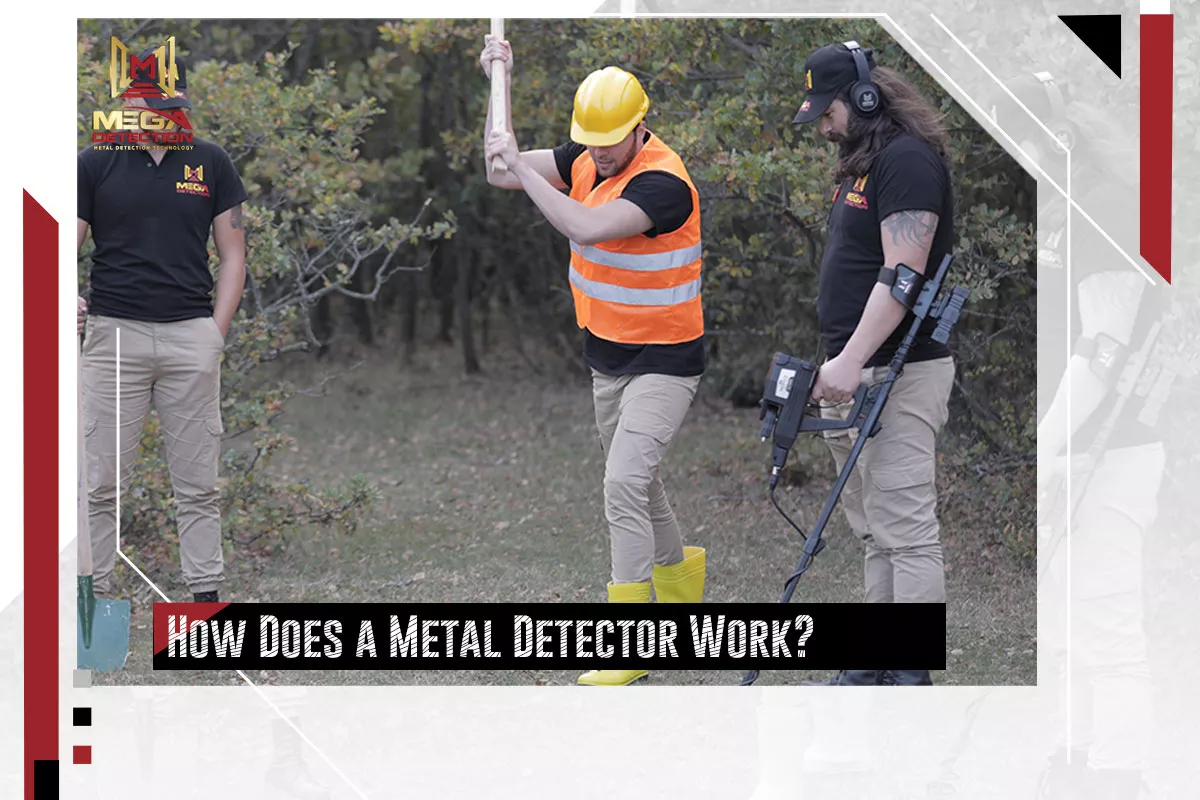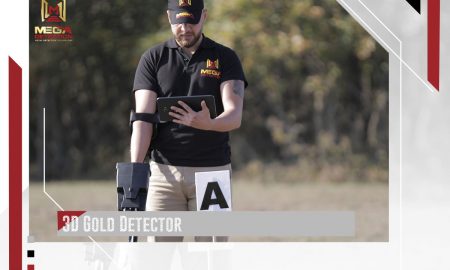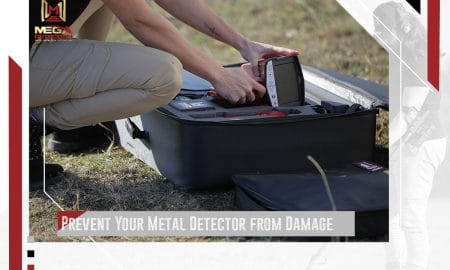How Does a Metal Detector Work?
How Does a Metal Detector Work?
A metal detector is a professional device that consists of a carrying handle (usually with a support device for your forearm), a control box at the top, an extendable shaft, and a search coil. So, how do metal detectors work (simple explanation)?
A metal detector works by transmitting a signal into the ground. When the detector coil passes over a metallic target, it receives a return signal that the detector’s electronics can interpret as a target. This interpreted signal is presented to the user via the control box as a visual display, an audible tone, or both. The coil is responsible for the detection of metal, the control box contains the interpretive circuitry and headphone jack, and the shaft adjusts for proper distance between the operator and the ground.
Underground targets made of copper, gold, silver, nickel, zinc, or lead are more conductive than items made of foil, iron, or tin. The metal detector’s circuitry can use this information to display pertinent and useful target information to the operator. For example, this helps discriminate between junk targets and good targets.
There are different kinds of coils used on metal detectors. The coil contains both a transmit and a receive loop of wire. The coil is what your detector uses to sense metal targets in the ground and allows the control box electronics to distinguish between different types of metals in the two main groups: ferrous (iron) and non-ferrous (aluminum, gold, silver, etc.)
What are the different types of metal detectors?
Different frequencies give better or worse results depending on what kind of metal you’re looking for, how deep in the ground you’re searching, what kind of material the ground is made from (sand or soil or whatever), and so on.
Although metal detectors all work in broadly the same way, by converting electricity into magnetism and back again, they come in three main types. The simplest ones are suitable for all kinds of general-purpose metal-detecting and treasure hunting. They’re called VLF (very low frequency) detectors because they use a single, fixed detecting frequency typically around 6–20 kHz (generally less than 30kHz). You’ll also come across PI (pulse induction) detectors, which use higher-frequencies and pulsed signals. They can generally pick things up deeper in the ground than VLF detectors, but they’re not as discriminating and nothing like as commonly used. A third type is known as the FBS (full-band spectrum) detector, which uses multiple frequencies simultaneously—so, in effect, it’s a bit like using several slightly differently tuned detectors at the same time.
Where are metal detectors used?
Metal detectors aren’t just used to find coins on the beach. You can see them in walk-through scanners at airports (designed to stop people carrying guns and knives onto airplanes or into other secure places such as prisons and hospitals) and in many kinds of scientific research. Archeologists often frown on untrained people using metal detectors to disturb important artifacts but, used properly and with respect, metal detectors can be valuable tools in historic research.
Edited By : Mega Locators Team
Source : Wikipedia











Leave a Reply